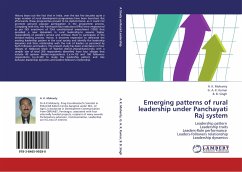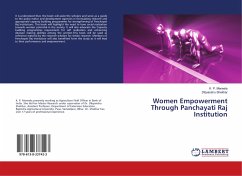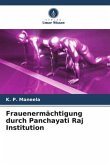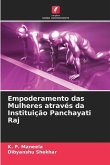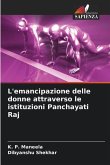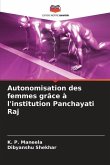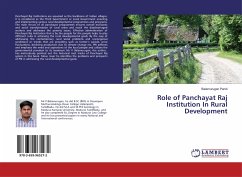History bears out the fact that in India, over the last five decades quite a large number of rural development programmes have been launched. But afterwards, these programmes proved to be dysfunctional, as it could not promote genuine popular participation in the programme process. Complying with this, the Panchayati Raj Institutions (PRIs) were empowered as per GOI enactment of 73rd constitutional amendment (1992) that provided a new dynamism in rural leadership,to assume higher responsibility of people s service and enthuse them to participate in the decision-making process. Hence, it becomes imperative to delineate the existing leadership pattern in the rural society and identify the leadership dynamics and their relationship with the role of leaders as perceived by both followers and leaders. The present study has been undertaken in four villages of Haldwani block of Nainital district,Uttarakhand,India with a sample size of total 200 respondents identified from four villages that include 40 opinion leaders-respondents (i.e.4×10) and 160 followers- respondents (i.e.4×40) to study the leadership pattern and role behavior,leadership dynamics and leaders-followers relationship.
Bitte wählen Sie Ihr Anliegen aus.
Rechnungen
Retourenschein anfordern
Bestellstatus
Storno

